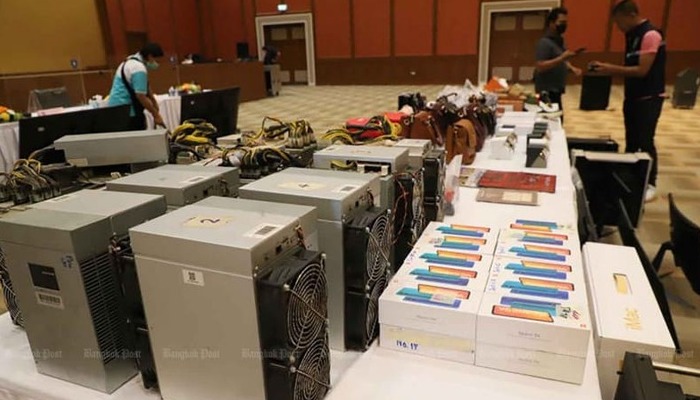
We take a look at Crytpo, NFTs, VR, and AI in online gambling
For all of its affordability and overall accessibility, the so-called Metaverse doesn’t seem to offer much to online gamblers. That is a little puzzling especially since online gambling has been driven by technology for decades. Considering the sheer size of the online gambling market adds to the mystery.
Solid numbers are hard to come by thanks to the clandestine nature of some of the biggest markets like offshore casinos serving the US, Australia, and other regions with ill-defined or unenforced regulations. But even Statista tells us that the world market reached US$231 billion in 2021. Last year, more than a million workers were employed in the industry.
When SlotsMillions VR Casino was launched in 2015, it preceded the Oculus Rift and HTC Vive consumer goggles needed to play it and was only available through developer kits. It also took a high-end PC and the games were delivered in the now completely defunct Flash format. Still, there were about 40 virtual machines in an orderly space that could be explored.
A Virtual Chicken in Every Pot
Today, almost anyone can get a high-quality stand-alone headset for as little as $249 on sale and never more than $299. But the Metaverse is not ready for us yet. Unless there is a super-secret development we’re unaware of, that is not likely to change any time soon. That doesn’t mean you can’t play online casino games for real money in VR.
Aside from the nearly decade-old SlotsMillions and a social PokerStars app, all we’ve found is a hybrid experience. You can import your desktop screen to a VR ‘room’ and play big slots, live cards, and RNG table games – you can’t mingle at the tables yet.











